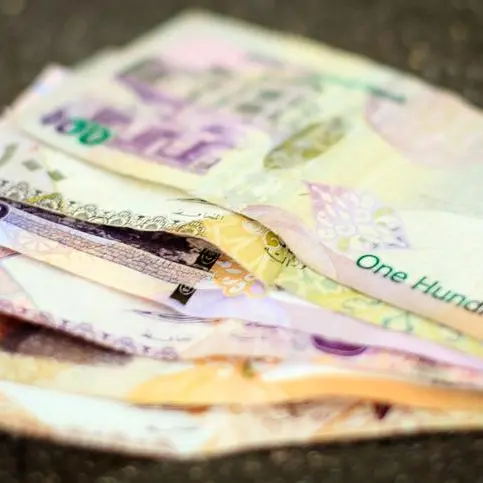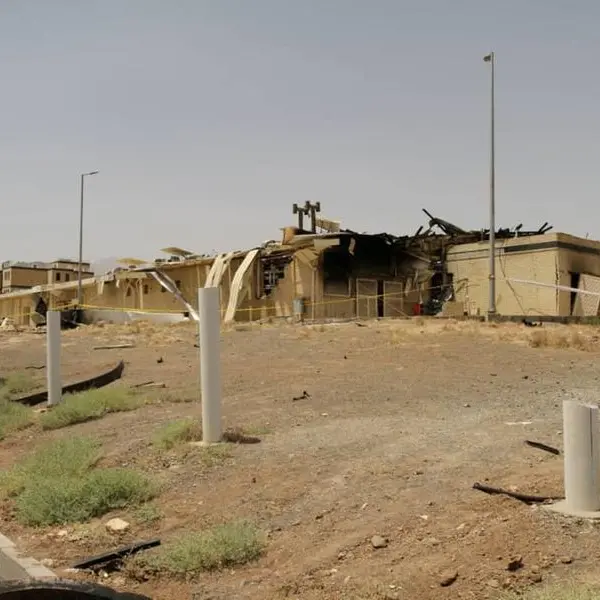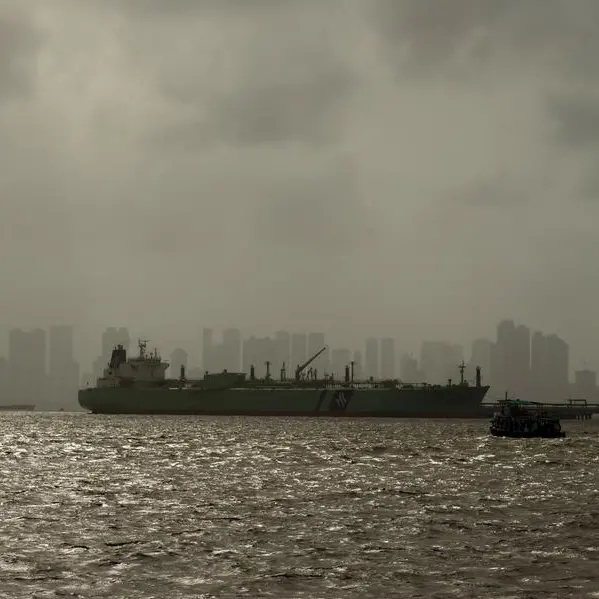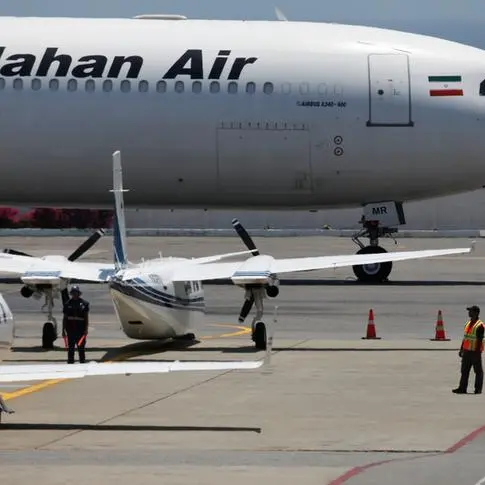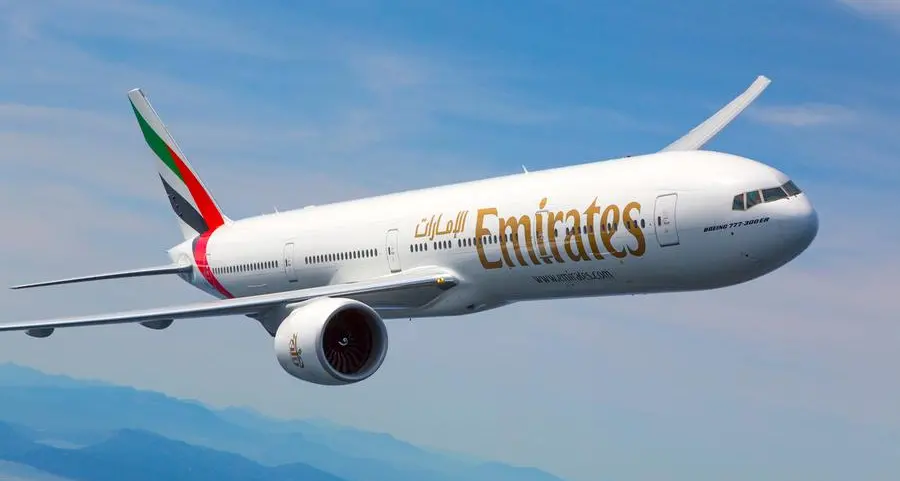22 January 2017
OPEC's deal to reduce the supply of crude oil successfully supported the commodity's benchmark prices. They’ve stayed higher than $50 per barrel since the end of 2016. But Saudi Arabia still faces another year of austerity as the economy transitions from its heavy dependence on oil revenues. The government continues to cut development projects worth billions of dollars. This means increased risks to the job sector. State salaries and bonuses were also slashed, as austerity takes a bite out of the budgets.
The global oil prices aren't recovering fast enough considering the losses between 2014 and 2016. This is especially true after recent speculation that the US plans to boost its production. Plus, if the non-OPEC countries ramp up supply by 120,000 barrels per day in 2017, it would counteract OPEC's intervention by more than half. The OPEC nations cut production by 221,000 barrels per day from November 2016. The markets aren't impressed by the math. Half a glut is still a glut, signaled traders in mid-January after taking WTI down a notch to $51.62 per barrel.
There are more financial signs of another challenging year ahead for the kingdom. Bank of America points to increased capital outflows from Saudi Arabia. The outflows appear to be a hedge against potential risks stemming from the impact of low oil prices on the economy. Capital outflows combined with lower liquidity in the banking sector come at an inconvenient time. A time when the state's financial resources are already stretched by lower GDP growth.
Saudi Arabia is set for 0.8 percent growth in 2017, inching up to 1.5 percent in 2018. So, the state's budgets are going to be tight in the medium term, given the lower revenue from taxes and other income. On the topic of growth, there's another complication. The overall weaker outlook for the global economy casts lingering doubts over the demand for crude oil. The World Bank forecasts a global growth of 2.8 percent in 2017. While positive, it's not the level of growth needed to drive global demand for oil strongly upwards. Developed markets like the US are out of the woods but not back to pre-2007 growth just yet.
Another complication stems from the strength of the US dollar (USD). It is key because it's inextricably tied to the oil price. Oil price gains were trimmed in the wake of the stronger USD seen after the Federal Reserve hiked interest rates. Crude oil exports are more expensive foreign-exchange-wise when the USD is strong, negatively impacting demand. Crude oil buying opportunities are now being taken when the USD temporarily drops. This creates a fitful and unpredictable price outlook for countries like Saudi Arabia. Since the OPEC supply reduction deal, the picture has changed. The oversupply may have been mitigated, but now demand for crude is weighted by the strength or weakness of the USD. The Federal Reserve's next moves are currently a key consideration. Yellen's policies directly impact USD strength and thus the level of demand for crude oil. The more hawkish her outlook, the more volatility lies ahead for oil prices.
Barring an economic miracle, the short-to-medium term outlook for Saudi Arabia is relative austerity. Continued fiscal discipline could go a long way to mitigate the effects of lower oil prices. But cost-cutting takes time and effort, and it could be some time until the positive effects are felt in the state's budgets.
This is particularly true in a country that has been accustomed to high oil revenues since the 1970's. Nonetheless, Saudi Arabia has shown its determination by leading OPEC's supply cuts. It is also wisely using the fiscal and monetary policy tools at its disposal to help navigate the way to a stronger and diversified economy. More interventions from OPEC to trim crude oil supplies would likely be welcomed by the markets, and I’m expecting Saudi Arabia to follow through on its earlier promises. Doing so would limit the risk of another downwards slide in the crude oil prices.
Any opinions expressed here are the author’s own.
OPEC's deal to reduce the supply of crude oil successfully supported the commodity's benchmark prices. They’ve stayed higher than $50 per barrel since the end of 2016. But Saudi Arabia still faces another year of austerity as the economy transitions from its heavy dependence on oil revenues. The government continues to cut development projects worth billions of dollars. This means increased risks to the job sector. State salaries and bonuses were also slashed, as austerity takes a bite out of the budgets.
The global oil prices aren't recovering fast enough considering the losses between 2014 and 2016. This is especially true after recent speculation that the US plans to boost its production. Plus, if the non-OPEC countries ramp up supply by 120,000 barrels per day in 2017, it would counteract OPEC's intervention by more than half. The OPEC nations cut production by 221,000 barrels per day from November 2016. The markets aren't impressed by the math. Half a glut is still a glut, signaled traders in mid-January after taking WTI down a notch to $51.62 per barrel.
There are more financial signs of another challenging year ahead for the kingdom. Bank of America points to increased capital outflows from Saudi Arabia. The outflows appear to be a hedge against potential risks stemming from the impact of low oil prices on the economy. Capital outflows combined with lower liquidity in the banking sector come at an inconvenient time. A time when the state's financial resources are already stretched by lower GDP growth.
Saudi Arabia is set for 0.8 percent growth in 2017, inching up to 1.5 percent in 2018. So, the state's budgets are going to be tight in the medium term, given the lower revenue from taxes and other income. On the topic of growth, there's another complication. The overall weaker outlook for the global economy casts lingering doubts over the demand for crude oil. The World Bank forecasts a global growth of 2.8 percent in 2017. While positive, it's not the level of growth needed to drive global demand for oil strongly upwards. Developed markets like the US are out of the woods but not back to pre-2007 growth just yet.
Another complication stems from the strength of the US dollar (USD). It is key because it's inextricably tied to the oil price. Oil price gains were trimmed in the wake of the stronger USD seen after the Federal Reserve hiked interest rates. Crude oil exports are more expensive foreign-exchange-wise when the USD is strong, negatively impacting demand. Crude oil buying opportunities are now being taken when the USD temporarily drops. This creates a fitful and unpredictable price outlook for countries like Saudi Arabia. Since the OPEC supply reduction deal, the picture has changed. The oversupply may have been mitigated, but now demand for crude is weighted by the strength or weakness of the USD. The Federal Reserve's next moves are currently a key consideration. Yellen's policies directly impact USD strength and thus the level of demand for crude oil. The more hawkish her outlook, the more volatility lies ahead for oil prices.
Barring an economic miracle, the short-to-medium term outlook for Saudi Arabia is relative austerity. Continued fiscal discipline could go a long way to mitigate the effects of lower oil prices. But cost-cutting takes time and effort, and it could be some time until the positive effects are felt in the state's budgets.
This is particularly true in a country that has been accustomed to high oil revenues since the 1970's. Nonetheless, Saudi Arabia has shown its determination by leading OPEC's supply cuts. It is also wisely using the fiscal and monetary policy tools at its disposal to help navigate the way to a stronger and diversified economy. More interventions from OPEC to trim crude oil supplies would likely be welcomed by the markets, and I’m expecting Saudi Arabia to follow through on its earlier promises. Doing so would limit the risk of another downwards slide in the crude oil prices.
Any opinions expressed here are the author’s own.

